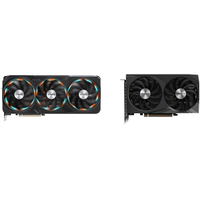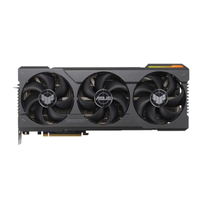Sadly, the cheapest way to buy an RTX 4090 right now is with this horribly cynical Black Friday GPU deal combo which makes you pay to dispose of an old card Newegg doesn't want anymore
We live in some truly bizarre times.
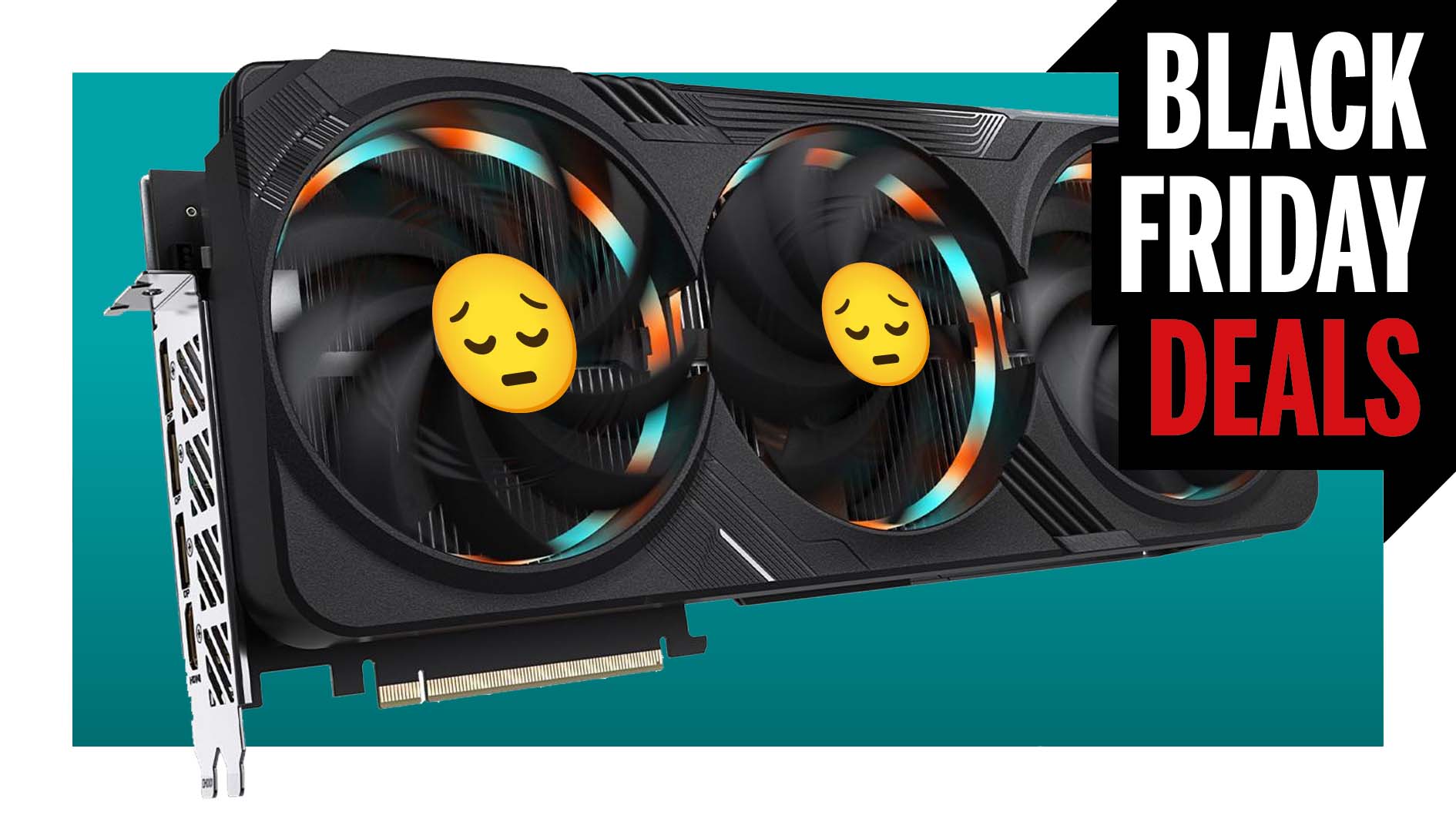
Gigabyte RTX 4090 & Gigabyte RTX 3060 | Combo deal | $2,169.98 $2,159.98 at Newegg (save $10)
Look, if you absolutely, positively must have the RTX 4090 and are baulking at the ridiculous prices they're going for on normal retail sites, then this is the cheapest way to get one. It's just that it's also the suckiest way to get one.
Update, November 30, 2024: It is with a heavy heart I have to note that the original bundle from Newegg—which included an Asus RTX 4090, an Intel Z790 motherboard, a 1 kW power supply, and an Asus chassis—has now been discontinued. That was the most affordable and best--value to get yourself an RTX 4090 with the ludicrous price increase we've seen in the past six months or so.
But there is a cheaper option. It's another bundle and it's a horribly cynical one, though it does get you an RTX 4090 for less than the original bundle price. It's also less than the next most affordable RTX 4090 on Newegg, which is $2,596.
Sadly, this bundle gives you less. With the other bundle you got a host of useful bits with which to build a whole new gaming PC around your new RTX 4090 graphics card. That's useful, and actually a good bundle.
This Gigabyte RTX 4090 bundle, for $2,160 at Newegg isn't. This one makes you take an RTX 3060 in exchange for the privilege of buying the top current-gen Nvidia GPU. The RTX 3060 was a low-end card of its older generation, though at least this is the 12 GB version. Still, it feels like a bit of a joke.
Obviously, unless you've got another older rig in need of an upgrade, there's not a lot you can do with the spare graphics card Newegg no longer wants and is foisting on you for having the temerity to want to buy the RTX 4090 for a decent price.
I guess you could always give it away, or auction it for charity on ebay, but honestly it would be better just to have RTX 4090 for the $2,160 price tag without having to take another graphics card. That's just Newegg passing on the ewaste problem to you.
It's at once the cheapest way to bag an RTX 4090 and hopelessly cynical, and I'm not here for it.
Asus TUF RTX 4090 combo | 24 GB GDDR6X | 16,384 shaders | 2,595 MHz boost | $2,401.96 $2,391.96 at Newegg (save $10)
With stocks of RTX 4090s dwindling to near zero, due to heavy demand and the impending announcement of the RTX 50-series, the cheapest way to pick up Nvidia's most powerful GPU right now is to buy it at Newegg—along with a power supply unit, Intel LGA1700 motherboard, and a mid-tower case.
Original deal, November 28, 2024: Nvidia's RTX 4090 has always been priced ridiculously, thanks to crypto-crazes, export restrictions, and the fact that it's the most powerful gaming GPU by a country mile. But stocks are so low now that just finding one is a challenge, let alone one with a vaguely acceptable price.
But if you really must have an RTX 4090 (and I can understand why, if you do, even though I don't think you should) then you really only have one of two choices: (1) splash out on an entirely new RTX 4090 Black Friday gaming PC deal, or (2) buy one of Newegg's RTX 4090 combo deals.
I've selected one of the cheapest combos and here's what you get in the package:
- Asus TUF Gaming GeForce RTX 4090 OC Edition graphics card
- Asus TUF Gaming Z790-Plus WiFi motherboard
- Asus TUF Gaming 1000 W power supply unit
- ASUS TUF Gaming GT301 mid-tower PC case
Unless you're aiming to build a new RTX 4090 gaming rig from scratch, you probably won't need the motherboard and case. So you could either give them away as Christmas gifts or sell them on and recoup a little bit of the enormous cost of buying the mighty 4090.
I'd keep the PSU and even though it's not really a top-end power supply unit (it's only Gold-rated for efficiency, for example), the fact that it's 1000 W is ideal for ensuring that the 4090 is well-fed with energy. It's actually more than you're probably going to need but the additional power is useful for keeping power excursions (aka power spikes) under control.
👉 We're curating the best Black Friday PC gaming deals right here 👈
Should you want to keep the motherboard, then you can certainly do worse. It's an LGA1700 socket board, so it'll take any of Intel's 12th, 13th, or 14th Gen Core processors. You'll find a total of five PCIe slots, four M.2 sockets for SSDs, and eight USB ports on the rear IO panel. Not great but not bad.
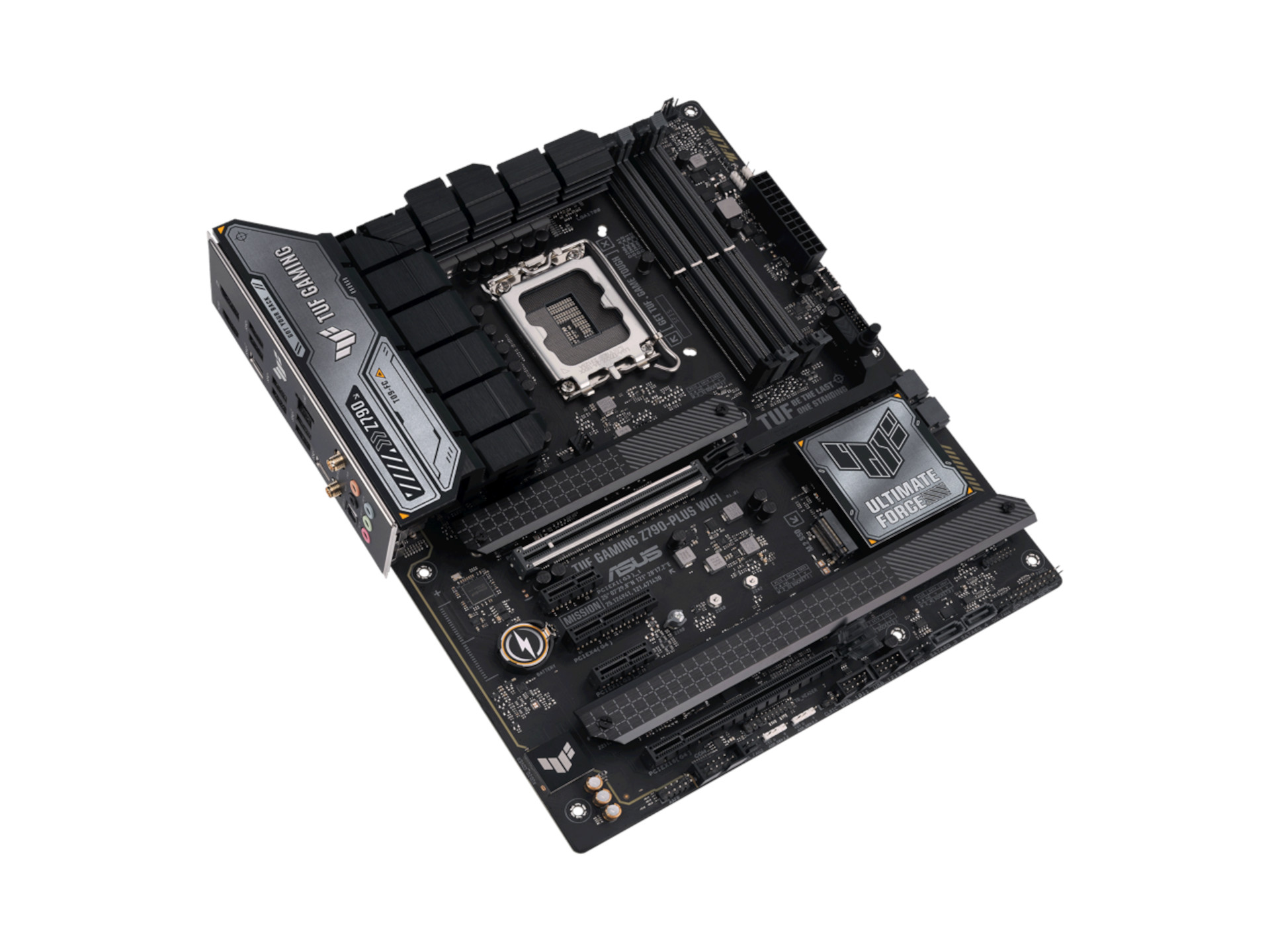
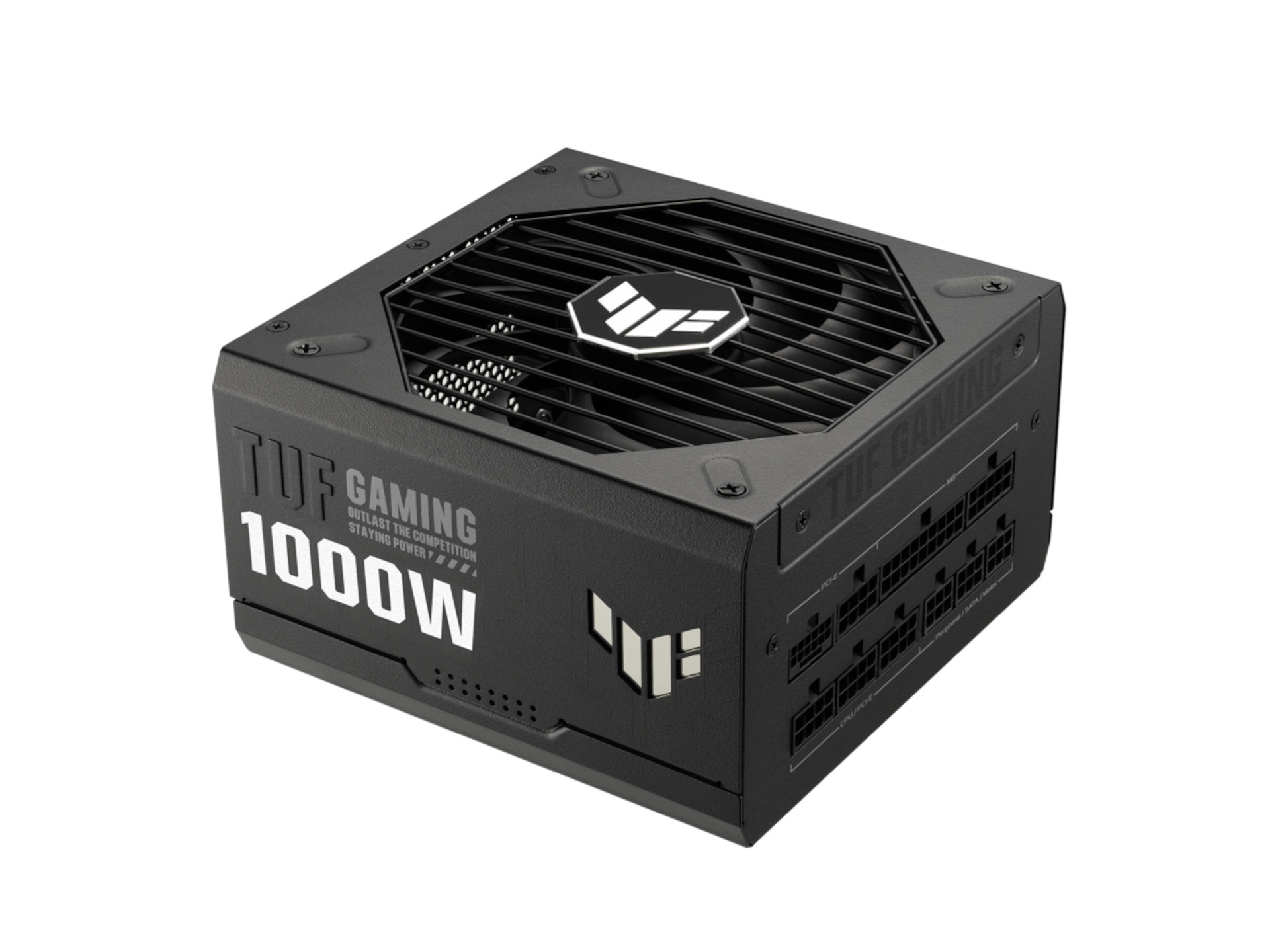
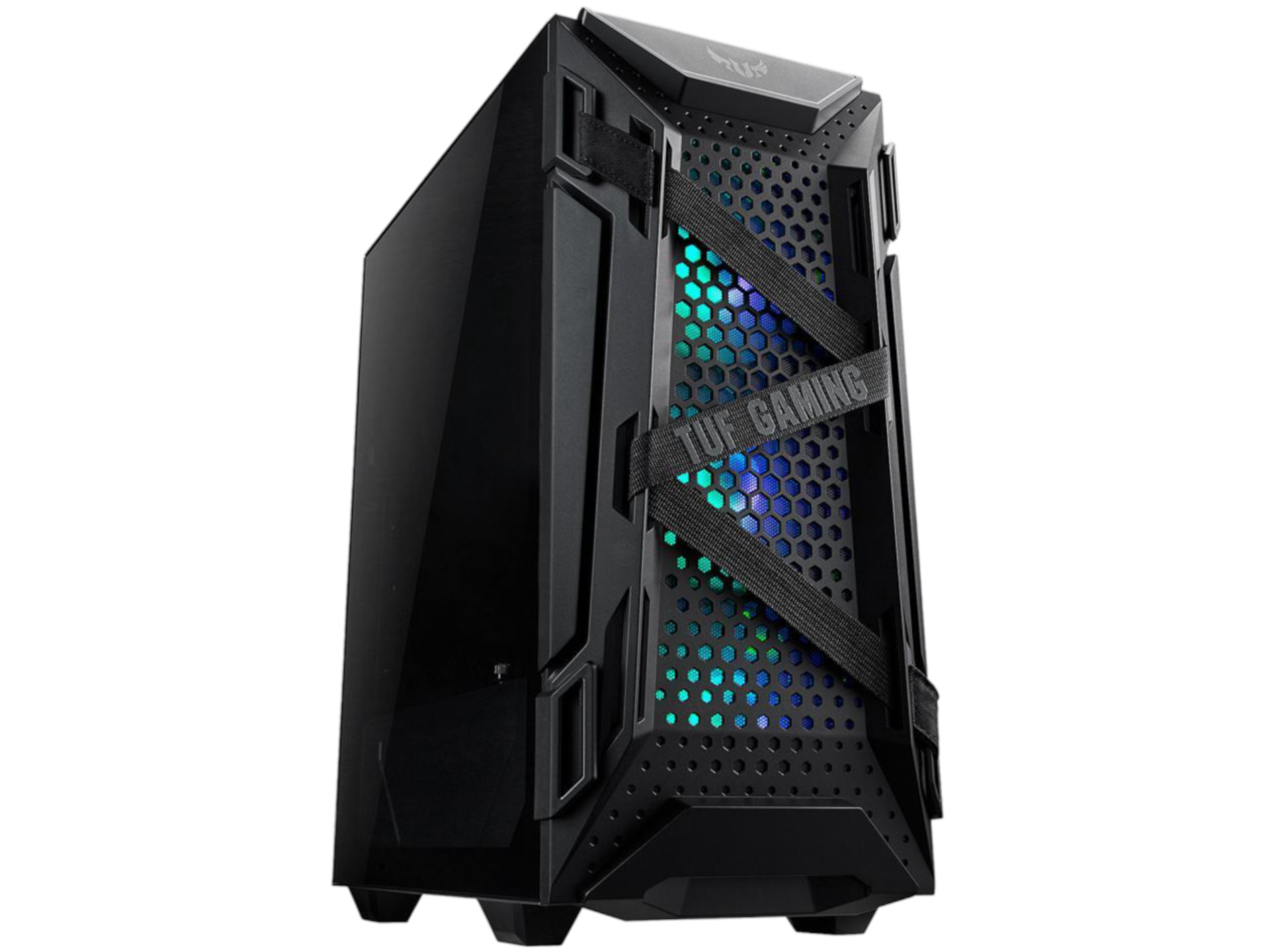
The Asus mid-tower chassis is my least pleasing part of the deal. The looks aren't my cup of tea (especially the bizarre fabric strap across the front, doing its best to restrict the airflow) but I guess it might appeal to some PC gamers. It does come with four ARGB 120 mm fans but there's no space to top-mount an AIO liquid cooler's radiator.
Hunting around for the same model of RTX 4090 has been pretty difficult and the cheapest I've found is $2,447 on Amazon. It's on offer from a third-party seller—it could well be a perfectly legitimate deal but the fact that it's more than Newegg's combo means that it's just not worth it.
In fact, at the moment, I can't find any single RTX 4090 graphics card that's lower in price than the combo. Well, none that doesn't trigger any internal alarm bell, that's for sure. Newegg itself does have another, altogether more cynical RTX 4090 bundle. In it you get the Gigabyte RTX 4090 and a Gigabyte RTX 3060 for $2,160... for reasons.
Likely shifting old stock nobody wants kinda reasons.
Some of you might be thinking that buying an RTX 4090 now isn't a good idea, as it's generally expected that Nvidia will announce its RTX 50-series at CES 2025 in January. Even if the RTX 5090 becomes available within a month of the launch, you can bet your last dollar it will be hugely expensive and the first stocks will almost certainly sell out in a flash.
So if you've been saving like mad all year and really do want the best gaming GPU out there, then this is probably the best way to do it. Then again, you might just be better waiting to see how everything pans out when the RTX 5090 does become available.
The biggest gaming news, reviews and hardware deals
Keep up to date with the most important stories and the best deals, as picked by the PC Gamer team.

Nick, gaming, and computers all first met in 1981, with the love affair starting on a Sinclair ZX81 in kit form and a book on ZX Basic. He ended up becoming a physics and IT teacher, but by the late 1990s decided it was time to cut his teeth writing for a long defunct UK tech site. He went on to do the same at Madonion, helping to write the help files for 3DMark and PCMark. After a short stint working at Beyond3D.com, Nick joined Futuremark (MadOnion rebranded) full-time, as editor-in-chief for its gaming and hardware section, YouGamers. After the site shutdown, he became an engineering and computing lecturer for many years, but missed the writing bug. Cue four years at TechSpot.com and over 100 long articles on anything and everything. He freely admits to being far too obsessed with GPUs and open world grindy RPGs, but who isn't these days?
- Dave JamesEditor-in-Chief, Hardware
